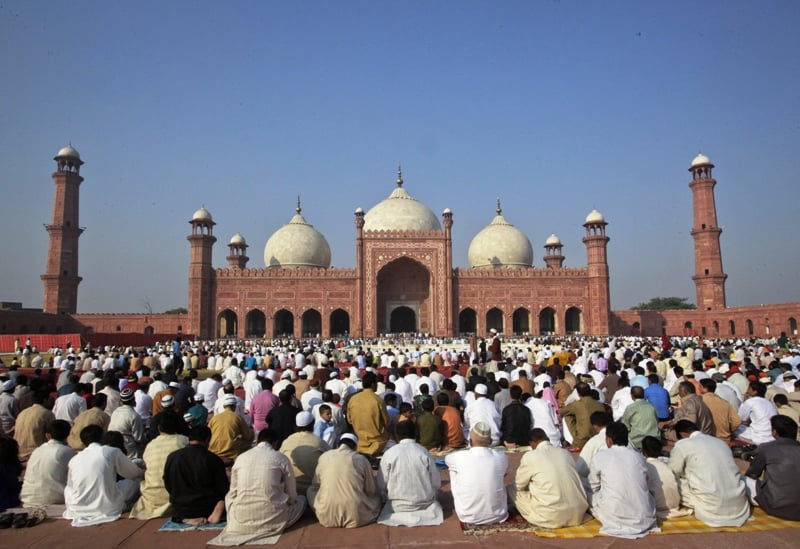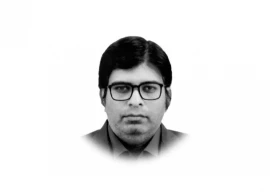
In a recent piece for The Guardian, director Robert Eggers delves into the deep folkloric origins of vampires and how these early legends have shaped his upcoming adaptation of Nosferatu. Known for his meticulous attention to historical accuracy in films like The Witch and The Lighthouse, Eggers emphasises that his interpretation of the classic vampire tale draws heavily from ancient folklore rather than the polished, romanticised image of vampires in contemporary culture.
"We are all drawn to archetypal stories. Fairytales, folktales, fables, myths: we tell them over and over again because they always have meaning in our lives. We can always see reflections of ourselves in Hansel and Gretel, Oedipus and King Lear. They can mean different things at different stages of our lives and be interpreted in different ways by individuals sitting in the same audience," Eggers writes.
While acknowledging the cultural significance of Bram Stoker's Dracula, Eggers does not shy away from critiquing the author's literary style, stating, "While I love the book, I must admit that Stoker was a bit of a hack writer. His brilliance was in synthesising his many sources." He credits Stoker for blending elements from earlier vampire literature, including John Polidori's The Vampyre, which introduced the archetype of the aristocratic, seductive vampire.
Eggers highlights the significant shift vampires underwent as they transitioned from folklore to literature and eventually cinema. The folkloric vampire, he notes, was a far cry from the suave, cape-wearing aristocrats of Hollywood. "The vampire of folklore is not a nobleman. The vampire of folklore is not a suave, dinner jacket-wearing seducer. The vampire of folklore is a corpse. An undead corpse."
These folkloric vampires, Eggers explains, were closer in appearance to modern depictions of zombiesengorged with blood, their skin decaying, and their presence tied more to disease. They often suffocated victims rather than drank their blood.
In discussing his creative approach to Nosferatu, Eggers emphasises his desire to return to these darker roots: "I felt a responsibility to make the vampire as scary as possible. This could not be a sparkling vampire," he states, referencing Twilight. His research led him to accounts from the Balkan and Slavic regions, where vampires were deeply embedded in local folklore.
Eggers concludes with a reflection on one of Nosferatu's most iconic traits: the fear of sunlight. While Murnau's 1922 classic is often credited with introducing the idea of vampires being destroyed by daylight, Eggers clarifies that this, too, has roots in folklore. Folkloric vampires were not inherently vulnerable to sunlight but were bound to darkness and compelled to return to their graves before dawn.
























COMMENTS
Comments are moderated and generally will be posted if they are on-topic and not abusive.
For more information, please see our Comments FAQ